The Highly Anticipated ZK Rollup: What is It?
1. What is ZK Rollup?
2. ZK Characteristics
3. Advantages and Disadvantages of ZK Rollup Solutions
- ZK Rollup generates a zero-knowledge proof when submitting the block to the Ethereum mainnet. The mainnet nodes verify this proof, and users generally have no perceptible delay.
- Optimistic Rollup has a waiting period of 7 days, during which Ethereum mainnet nodes can challenge and prove a transaction to be false.
4. Why are ZK gas fees so high?
5. Currently Available ZK Rollup Solutions
5.1 StarkNet
- STARK reduces reliance on centralization and offers enhanced security.
- SNARK enables faster verification and lower transaction fees.
5.2 zkSync
- Data Compression: zkSync improves data availability and reduces the cost of transactions with a large amount of input data.
- Account Abstraction: A recently introduced feature aimed at improving the user and developer experience. The initial use for this feature is to pay gas fees with any given currency.
5.3 Polygon
5.4 Scroll
Comparison Chart of the Four Solutions:
Development Phase | Programming Language | EVM Compatibility | SNARK or STARK | Fees | |
Polygon | Public Beta | Solidity | Fully Compatible with EVM | SNARK+STARK | ETH |
Scroll | Pre-Alpha | Solidity | Fully Compatible with EVM | SNARK | ETH |
zkSync Era | Public Beta | Solidity、Vyper、LLVM | Only Language Compatible | SNARK | All erc20 Tokens |
StarkNet | Alpha Mainnet | Cairo, Solidity (Using Compiler) | Only Language Compatible | STARK | STRK or ETH |
6. Future Potential
Popular Articles

How to Stake AXS? Axie Infinity Staking Dashboard Guide
Axie Infinity transformed blockchain gaming by letting players earn real money through gameplay, and now AXS staking takes that earning potential even further.This guide walks you through everything a

How to Stake SUI? Complete Staking Guide for Passive Rewards
Looking to earn passive income from your SUI holdings? Staking offers a straightforward way to generate rewards while supporting the Sui blockchain network.This guide walks you through everything you

What Is DeFi Staking and How Does It Work?
DeFi staking has become one of the most accessible ways to earn passive income from cryptocurrency in 2025. This guide explains what defi staking is, how it works, and how beginners can start earning

What Are Prediction Futures?
Cryptocurrency futures trading attracts countless investors with its high leverage and the ability to profit in both rising and falling markets. However, its complex mechanisms such as margin, leverag
Hot Crypto Updates
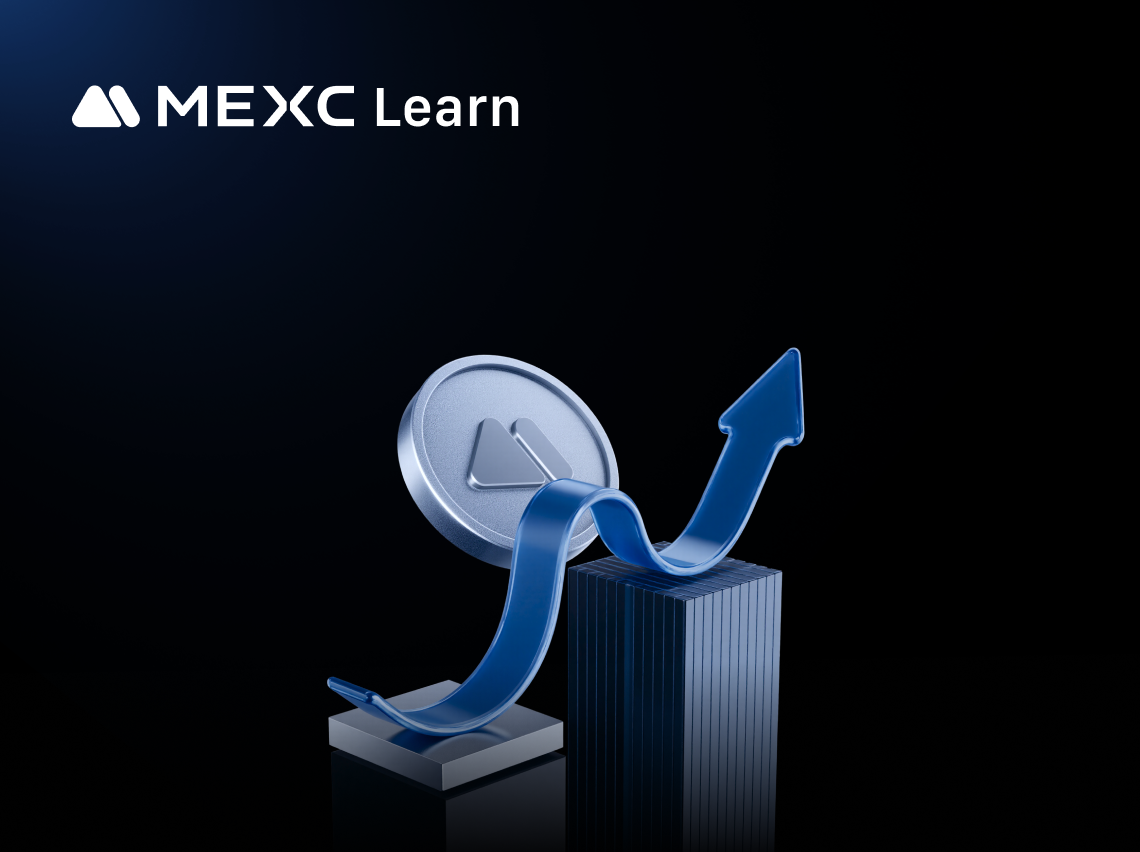
Nine-Figure Net Worth: The New Milestone in Wealth Creation
The concept of nine-figure net worth, ranging from $100 million to just under $1 billion, marks a critical threshold in the modern economy distinguishing ultra-high-net-worth individuals (UHNWIs) from
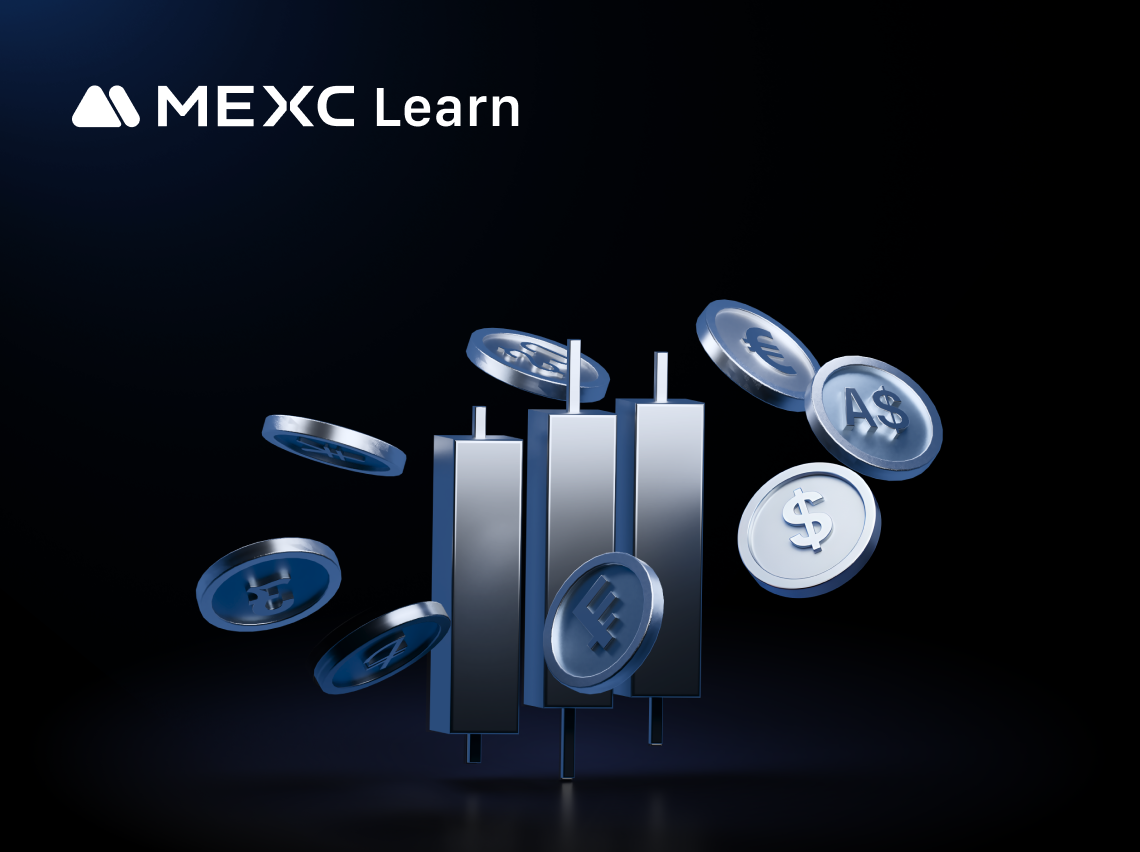
Dogecoin (DOGE) Bullish Price Prediction
Introduction to Bullish DOGE OutlookOptimistic investors often look to bullish price predictions for Dogecoin (DOGE) to identify the coin's growth potential during favorable market cycles. A bullish o
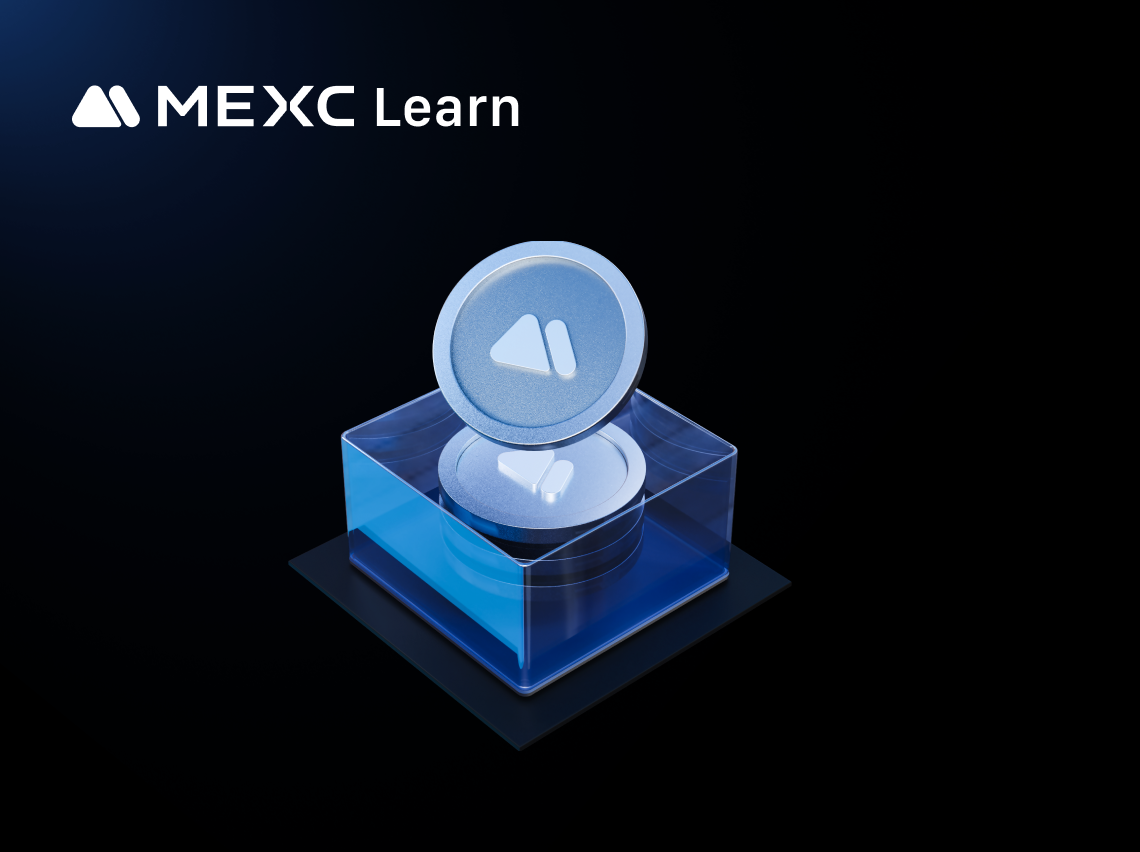
Dogecoin (DOGE) 7-day Price Change
The Latest Dogecoin (DOGE) price has shown notable short-term fluctuations over the past week, reflecting shifting sentiment around meme coins and broader market conditions. In this article, we'll exa
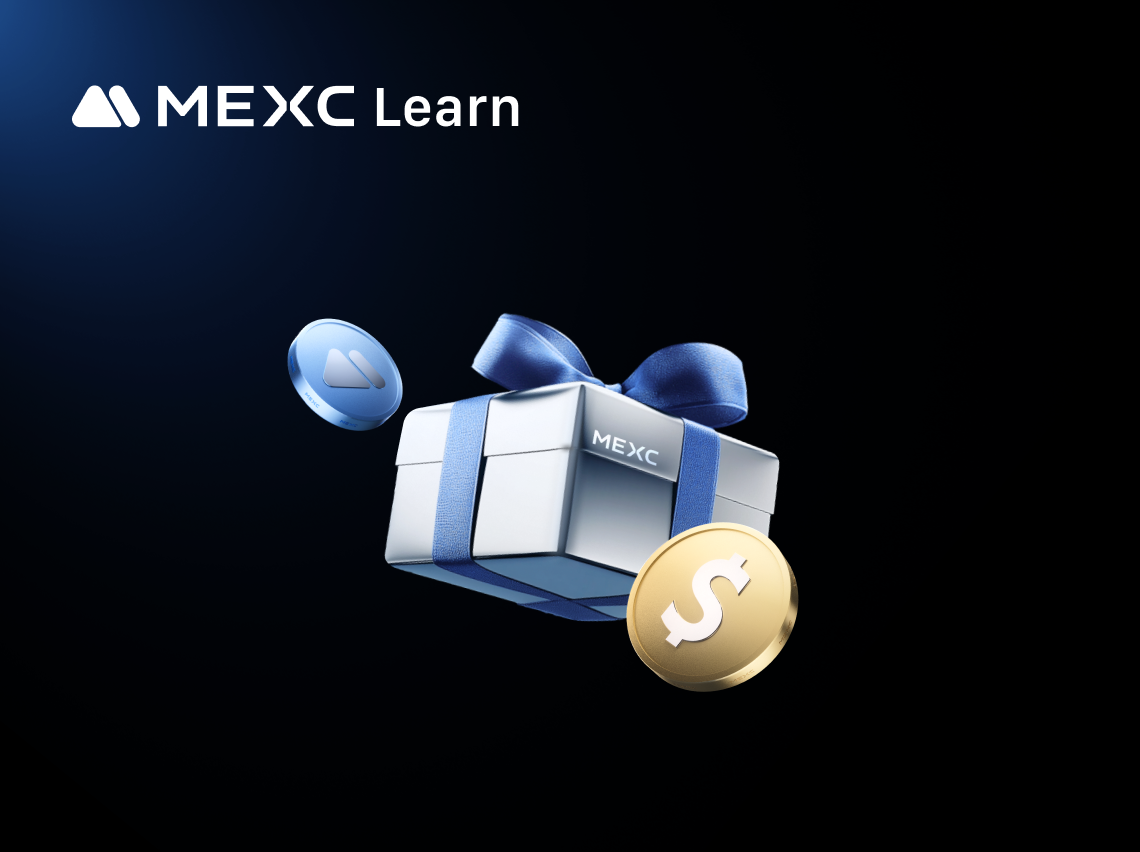
BOB (BOB) Price Updates: Latest Market Movements and Cryptocurrency Trading Insights
Staying updated with the latest price updates of BOB (BOB) helps crypto traders and investors monitor market shifts, track cryptocurrency volatility, and make timely investment decisions in the crypto
Trending News
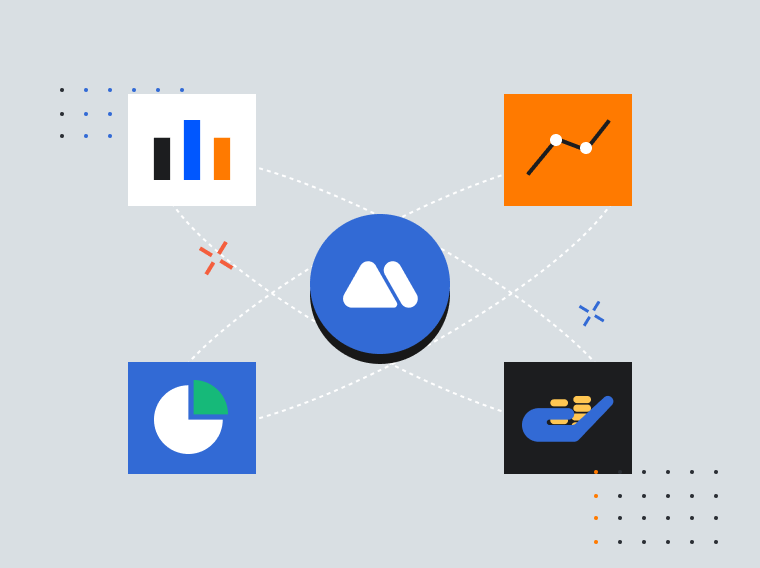
October remittance growth slowest in five months
By Katherine K. Chan, reporter Money sent home by Filipinos abroad grew by 3% year on year in October, the slowest pace in five months, the Bangko Sentral ng Pilipinas

As XRP and ETH soar, investors are turning to MSP Miner for $9,250 in daily gains.
MSP Miner lets investors earn up to $9,250 daily from BTC, ETH, DOGE, and more with fully managed, green-energy-powered mining contracts and daily payouts.

Pakistan Courts Binance to Tokenise $2B in State Assets and Launch Stablecoin
Pakistan has signed a memorandum of understanding with Binance to explore tokenising up to $2 billion in state-owned assets and to advance plans for a national

Ukraine, Nigeria, Vietnam Lead Global Crypto Use
The post Ukraine, Nigeria, Vietnam Lead Global Crypto Use appeared on BitcoinEthereumNews.com. Home » Crypto News Stablecoins emerge as the most widely used crypto
Related Articles

Optimistic Rollup: A Technical Analysis
1. AbstractRollup is a scalability solution for Ethereum Layer 2, aiming to enhance the transaction throughput of Ethereum by processing transactions off-chain. Optimistic Rollup, as the name suggests

What Is Ethereum’s Fusaka Upgrade? A Complete 2025 Guide to the Most Important Ethereum Network Upgrade
1. Background: Why Ethereum Needs the Fusaka Upgrade Ethereum has entered a clear “rollup-first” era. Instead of processing all user transactions directly on Layer 1, the network is evolving into a gl

Understand Ethereum Layer 2 in One Easy Example
Just what is Layer 2? Before answering that question, let's review the basics:1. Blockchain Layered ArchitectureUsually, blockchains are divided into several layers: Layer 0, Layer 1, Layer 2, and Lay

MEXC Futures Funding Rates: How to Check, Calculate & Optimize Costs
Have you ever experienced this? You predicted the market direction correctly in a futures trade, yet your profits kept shrinking, or your balance mysteriously dropped? The culprit might be something m
